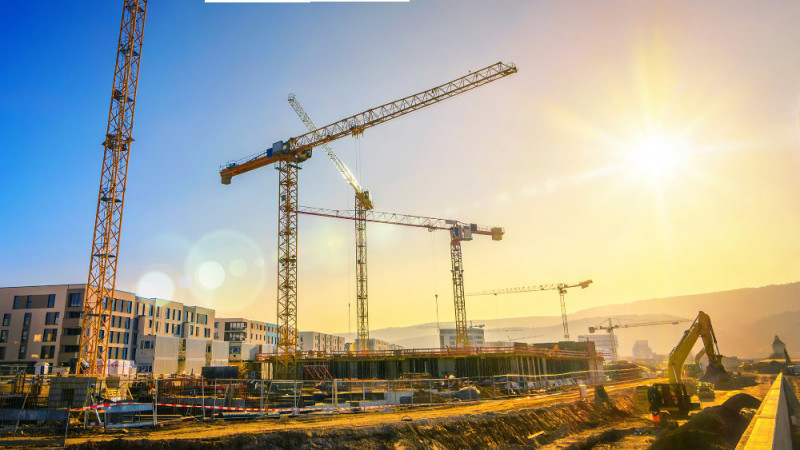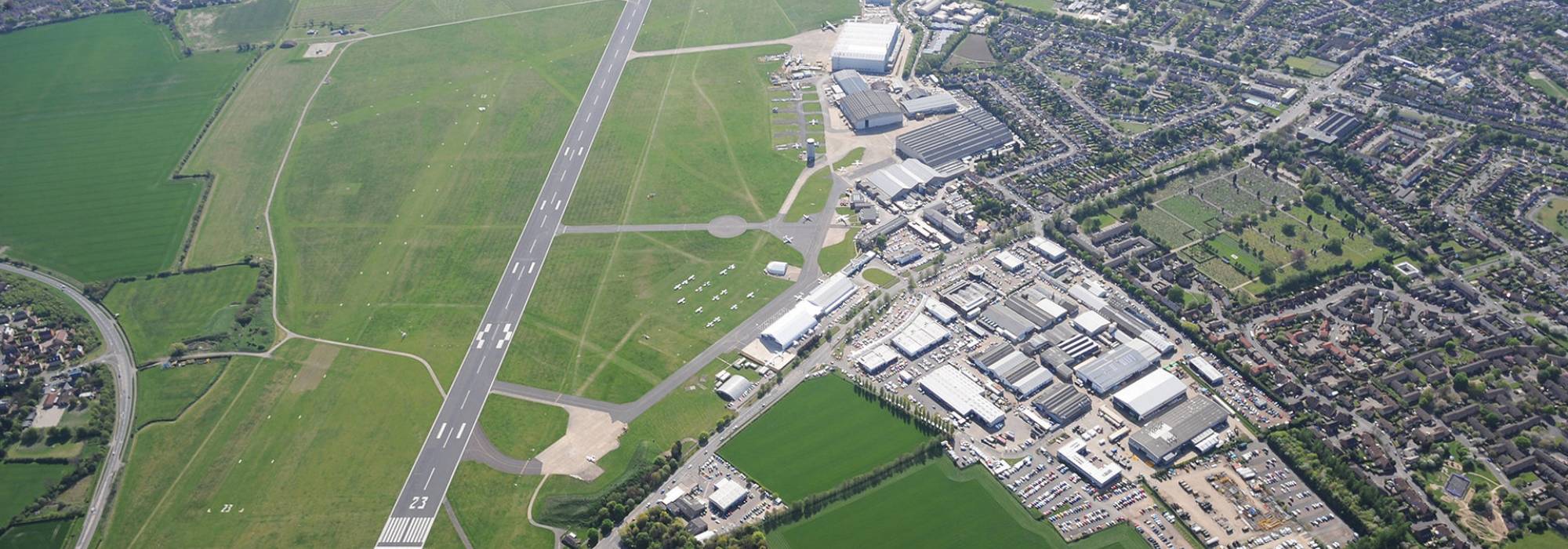Information on the following can be found on the CAA website.
Airport Safeguarding
Airport safeguarding is the process designed to ensure all appropriate procedures are followed in accordance with current aeronautical legislation CAP 738 for developments within 13 km of Cambridge City Airport ensuring they do not have an impact on its safe operation.
Cambridge City Airport is responsible for its own safeguarding process and will take all reasonable steps to ensure that the aerodrome and its airspace are safe at all times for use by aircraft. We work closely with local council authorities and developers to achieve this.
It is vital, therefore, that all planning applications including solar farms within 13 kilometres and wind farms within 30 kilometres of the airport are processed through the local council planning department who in turn will notify Cambridge City Airport. The airport will carry out the necessary assessments and if required, request changes or adjustments to the plans.


Unmanned Aircraft Systems (UAS including drones)
Any UAS that is intending to operate within the flight restriction zone (FRZ) (a 2.5nm or 4.6km radius circle centred on the aerodrome reference point (ARP)) and 500m either side of the centreline to a distance of 5 nautical miles will require prior permission from the aerodrome operator.
To obtain permission to operate a drone within the FRZ the drone operator must apply for a drone permit using the Altitude Angel link below.

Cranes
Crane operators or site developers who wish to erect and operate cranes or other tall equipment within 6 kilometres of Cambridge City Airport at a height of more than 10 metres above ground level (AGL), must submit an application to the CAA through their ACOMS site and also apply for a permit to operate from Cambridge City Airport.
Please note:
Cranes within 6 kilometres of Cambridge City Airport and at a height of more than 45 metres above ground level are likely to require an external assessment which can take up to 8 weeks to complete.
Applications for such cranes should be made to Cambridge City Airport at least 10 weeks in advance.

